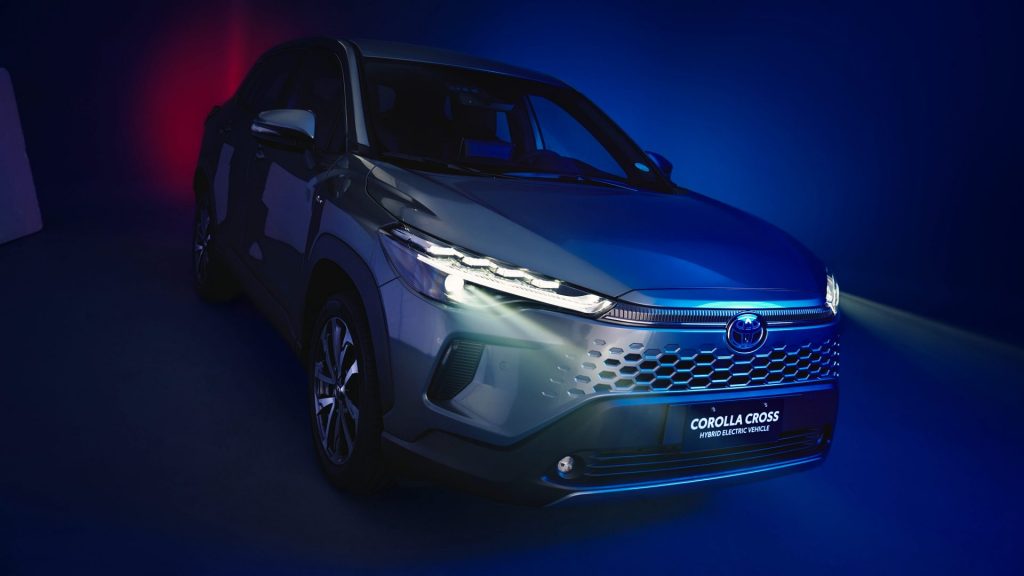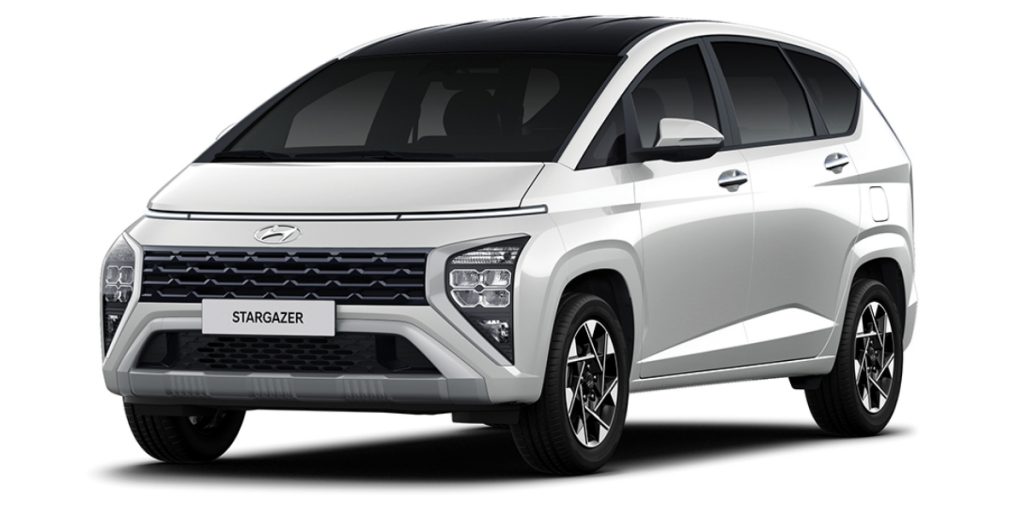It’s easy to say that driving these days is much harder. Aside from the traffic, we now share the road with more people. It’s not just cars and trucks anymore – there’s more motorcycles, bikes, and e-bikes plying the road. A simple trip to the grocery store can be nerve wracking, depending on the diversity of vehicles on the road.
Good thing is car brands are doing their part in making things easier for us. Aside from their push for electrification, they are constantly honing their safety features to make every trip accident free and less stressful.
These features are usually clumped together into a package called ‘Advanced Driver Assist System’ or ADAS. Some brands have a specific name for their suite like Honda Sensing, Toyota Safety Sense, Subaru EyeSight, Ford Co-Pilot360, Hyundai SmartSense, Mazda i-Activsense, and Nissan Intelligent Mobility among others. No matter the name, they have common features integrated into their system. Do note that not everything listed here is available for every system.
Adaptive Cruise Control
The feature that maintains your speed on the highway has evolved into something smarter. Adaptive means it can increase and decrease the car’s speed depending on the speed or distance of the car in front of you. This way, your vehicle will keep a safe distance while helping you cruise along the highway.
Some even have Low Speed Follow as a sub-feature of their Adaptive Cruise Control. It’s basically the same feature only at a much lower speed, making it suitable for city traffic.
Autonomous Emergency Braking
In contrast to the ACC is Autonomous Emergency Braking. As the name implies, it makes the vehicle stop should there be a sudden intrusion in front of you and you can’t react in time. AEB makes use of the front sensors and cameras (if there are) to detect any possible obstacles that will come your way.
Some manufacturers have 2 stages of AEB. First is, the car will give you a warning and if you’re not braking or there’s not enough pressure on the brake pedal, it will activate stage 2 where the car will stop itself.
Lane Keeping System
Another highway useful feature is the Lane Keeping System. This makes the car centered along the lane you’re traversing, helping you avoid unnecessary lane changes which happen once fatigue or sleepiness sets in. Sometimes it’s divided into 2 – Lane Following Assist, where it will only warn you if you’re getting close or moving out of your lane; and Lane Keeping Assist where it will override the steering input and make the car in the center of the lane again.

Blind Spot Monitoring
While the other features are looking from the front and side of the car, the Blind Spot Monitoring system mainly monitors the rear side of the vehicle. It makes use of the radar sensors and cameras (if any) to detect oncoming vehicles from the back. It usually works together with the Lane Keeping System wherein it will notify you if you can safely change lanes, depending on the readout from the Blind Spot Monitoring System.
Some cars also make use of it when departing the vehicle. It keeps the Blind Spot Monitoring Active while there are occupants in the car, and will alert you if there’s oncoming traffic while you’re opening the doors. A very nifty feature especially when doing roadside drop-offs.
Camera System
A car’s camera system has greatly evolved from the standard rear camera. There are now many cars with 360-degree camera systems that make use of a car’s four cameras and their videos are digitally stitched together and shown on the infotainment screen. This way, you can see all corners of the car during parking or during low-speed movements.

Active Lighting
There are drivers like me who rarely use the high beam because despite the one-click needed to activate it, I find it cumbersome to do so while driving. That’s why manufacturers made the Automatic High Beam feature so that when the car detects there’s no oncoming vehicle, it will activate the high beam for a better view of the dark road. Once it detects a car, it will switch to the low beam again.
This is further enhanced when your car has the Matrix Lighting System. It has the capability to activate specific bulbs in its assembly per headlight in order to maximize your visibility without blinding the oncoming vehicles. This is combined with steering inputs so that the throw of light goes with your direction, and into a corner should you do so.
Active Parking
Last is the most futuristic feature we have right now, in my opinion. When activated, Active Parking will detect if there’s an empty slot that you can park in. Once it detects a space, it will take over the steering, throttle, and braking inputs so it can park perfectly. This is a very nifty trick especially for new drivers.


Most of these features can be found in new cars launched or updated lately. These include the Toyota Corolla Cross, the Ford Bronco, and Nissan Navara. You also don’t have to go high up in the price range to have them since there are attainable options like the Honda City sedan and Hyundai Stargazer MPV.

